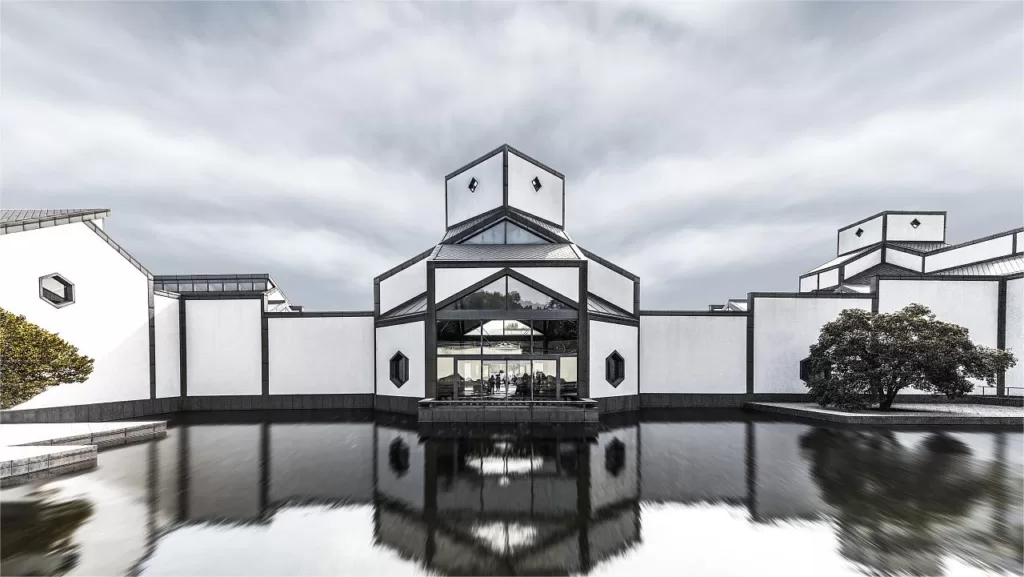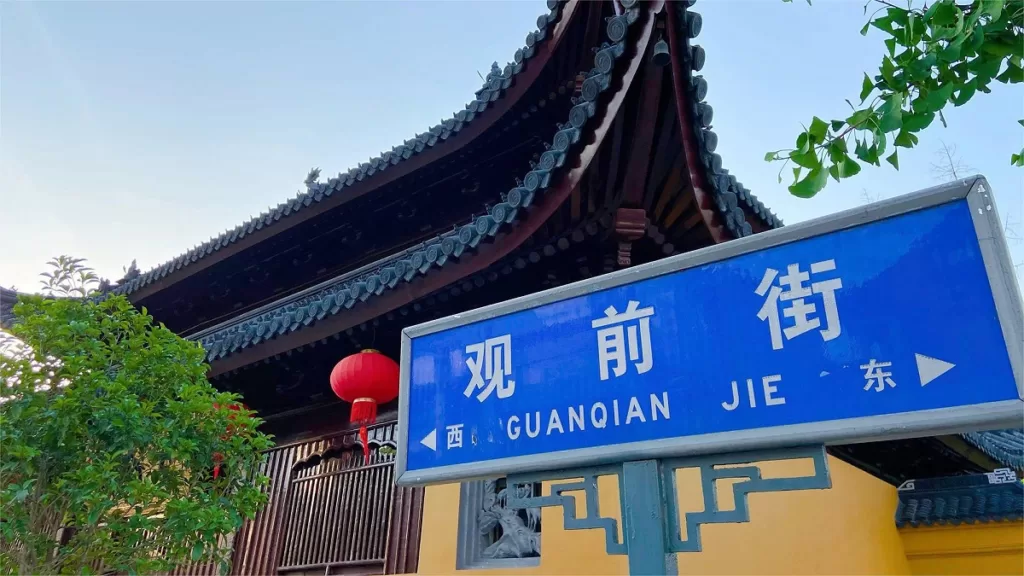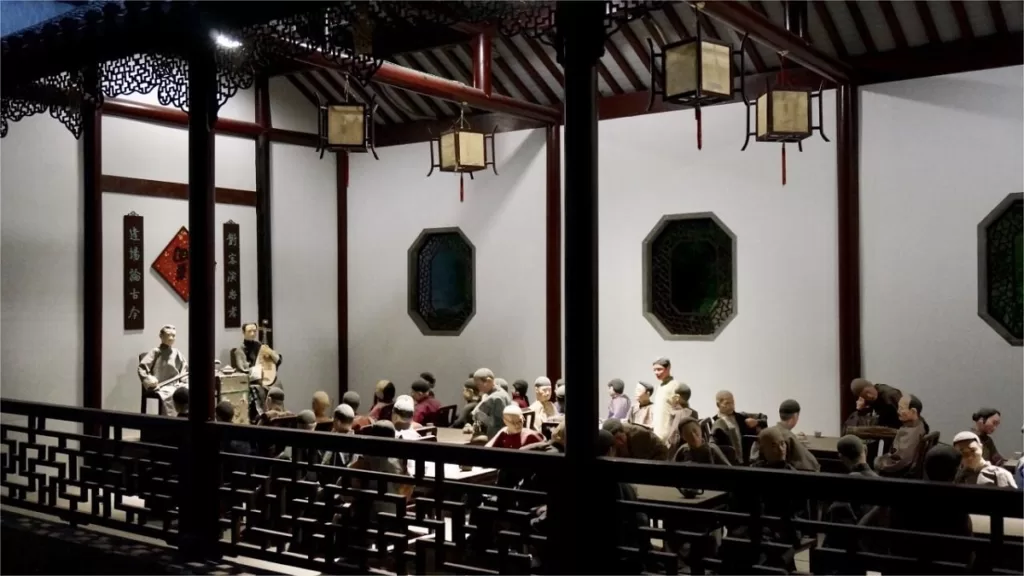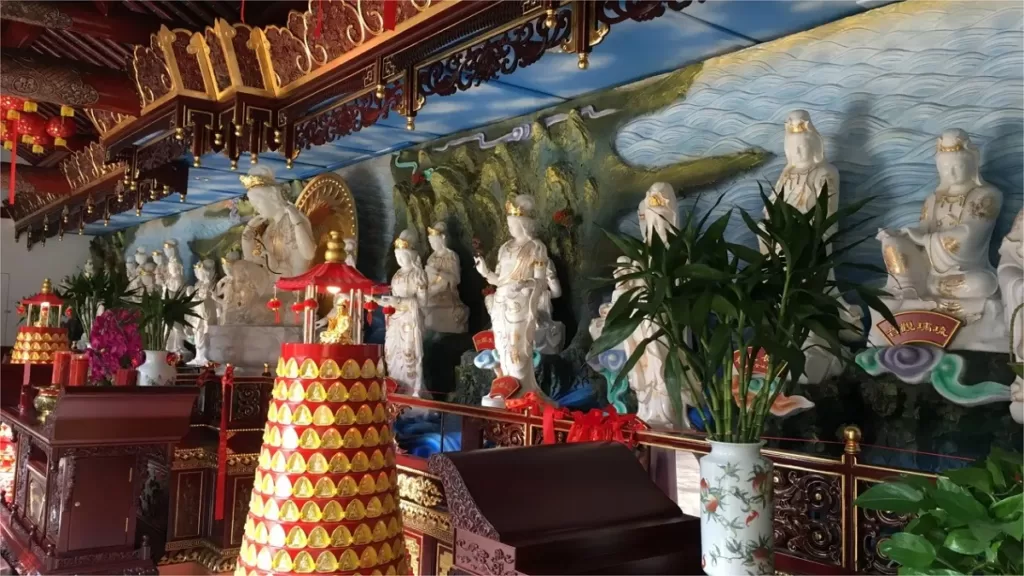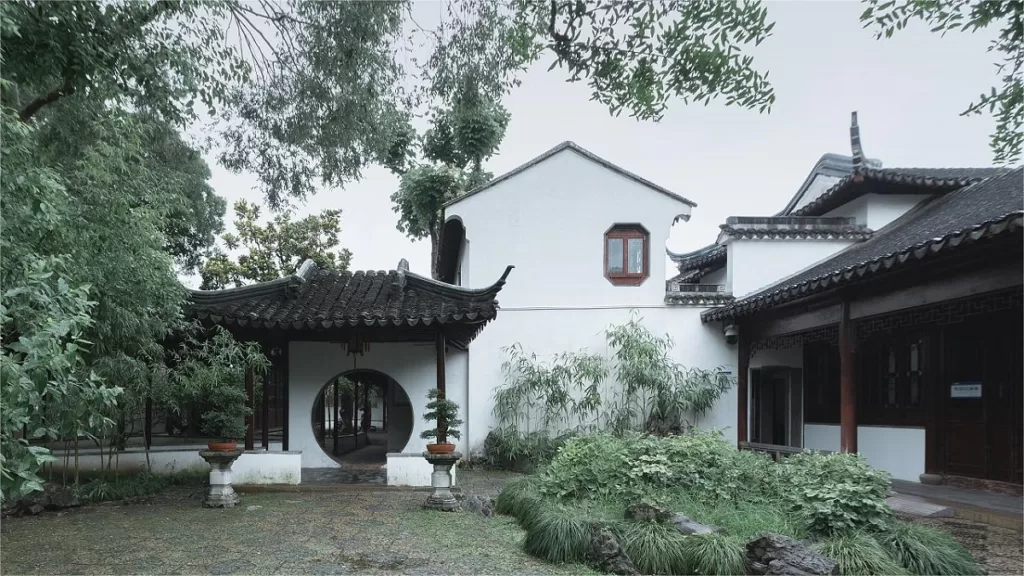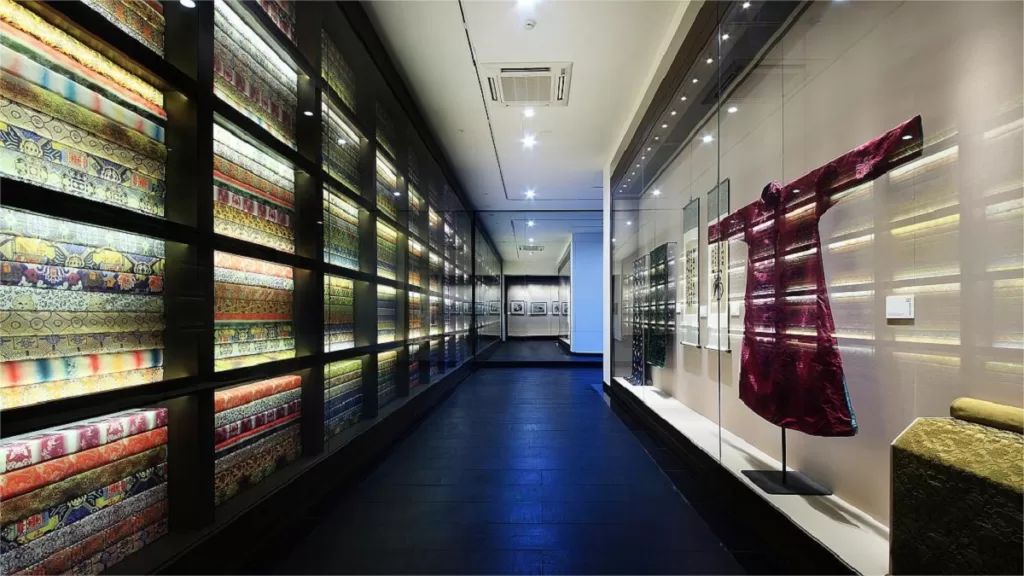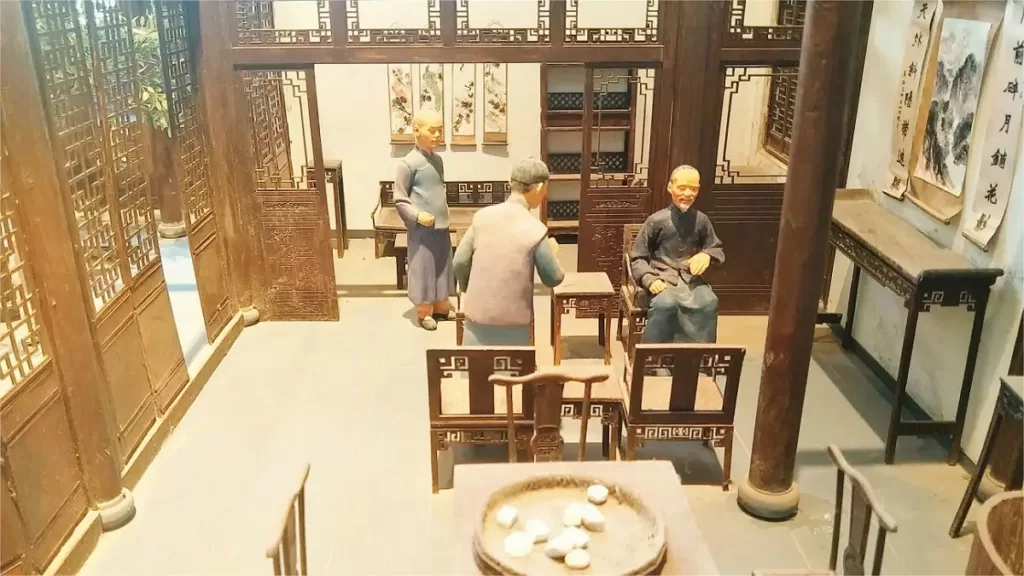The Suzhou Kunqu Opera Museum (苏州昆曲博物馆) is a cultural gem nestled in Suzhou, China, celebrating the exquisite artistry of Kunqu opera. With a rich history spanning centuries, Kunqu opera is renowned for its graceful movements, poetic storytelling, and elaborate costumes. The museum serves as a gateway to this traditional performing art, offering visitors an immersive experience. It houses a diverse collection of artifacts, including intricately designed costumes, intricate stage props, and historical documents that trace the evolution of Kunqu opera.
The museum is not just a repository of artifacts; it also hosts interactive displays and live performances, allowing visitors to appreciate the nuances of this captivating art form. Through exhibitions, workshops, and demonstrations, the Suzhou Kunqu Opera Museum aims to preserve and share the legacy of Kunqu opera, fostering an understanding of its cultural significance both locally and globally. As a vibrant cultural hub, the museum seamlessly combines education, entertainment, and preservation, making it a must-visit destination for anyone intrigued by China’s rich theatrical heritage.
Table of Contents
- Basic Information
- Location and Transportation
- Highlights of Kunqu Opera Museum
- Vlog about Kunqu Opera
- Attractions near Suzhou Kunqu Opera Museum
Basic Information
| Estimated Length of Tour | 1 – 2 hours |
| Ticket Price | Free |
| Opening Hours | 9.00 – 17.00; Last admission: 16.30 Closed on Mondays |
| Live Performance | 14.00 – 15.30 on Sunday |
| Ticket for Live Performance | 30 – 60 RMB |
| Telephone Number | 0086-0512-67273334 0086-0512-67271685 |
Location and Transportation
The Suzhou Kunqu Opera Museum is gracefully situated in the heart of Suzhou, a city renowned for its cultural heritage and picturesque landscapes. Its exact address is No. 14, Middle Zhangjia Alley, Gusu District, Suzhou, Jiangsu Province. To get there, you can choose the following ways:
Bus: Take bus 2, 9, 32, 40, 60, 200, 511, 900, 923, or 980, get off at Xiangmen Stop (相门站), and then walk about 400 meters to the north to reach the museum.
Metro: The closest metro station to Suzhou Pingtan Museum is Xiangmen (相门) on line 1. After getting out of the station from Exit 3, walk about 350 meters to the north and then turn left to reach the museum.
Highlights of Kunqu Opera Museum
Exquisite Costumes and Props

The Suzhou Kunqu Opera Museum presents a captivating array of costumes and props that epitomize the elegance of Kunqu opera. Showcasing meticulous craftsmanship, the collection features ornate costumes adorned with intricate embroidery, capturing the essence of characters and eras. Elaborate headpieces, delicate fans, and symbolic accessories complete the ensemble. These artifacts not only evoke the artistry of the performances but also offer insights into China’s cultural history. With a harmonious blend of colors, textures, and cultural symbolism, the costumes and props on display immerse visitors in the enchanting world of Kunqu opera’s visual and narrative splendor.
Live Performances

At the Suzhou Kunqu Opera Museum, live performances breathe life into the timeless art of Kunqu opera. Witness the graceful dance, melodic singing, and intricate gestures that define this traditional form. Accomplished performers bring historical stories and characters to life on a carefully designed stage, allowing visitors to immerse themselves in the beauty and cultural significance of Kunqu. The intimate setting fosters a deep connection between the audience and the performers, offering a rare opportunity to experience the art’s elegance firsthand. These captivating shows are a window into China’s rich theatrical heritage and a highlight of the museum’s immersive offerings.
Historical Context
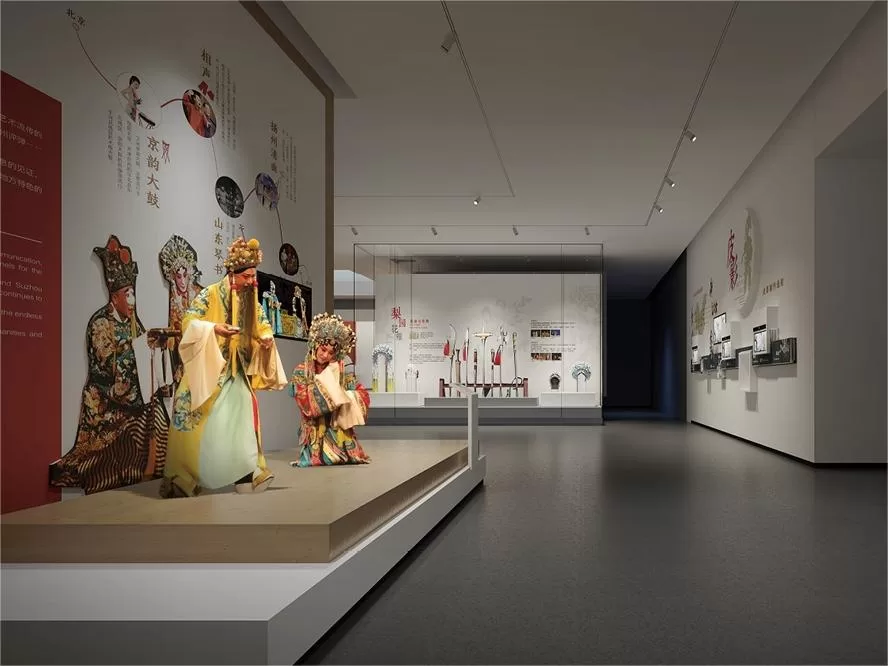
The Suzhou Kunqu Opera Museum provides a captivating historical context, unveiling the evolution of Kunqu opera over centuries. Through artifacts, documents, and exhibits, visitors delve into the art’s profound cultural significance and enduring influence on Chinese performing arts. From its humble origins to its flourishing as a UNESCO-recognized masterpiece, the museum’s collection traces the art’s journey, portraying its impact on literature, music, and society. This immersive experience offers a deeper appreciation of Kunqu opera’s role in shaping China’s artistic and cultural landscape, making it a window into a bygone era of elegance and creativity.
Cultural Immersion
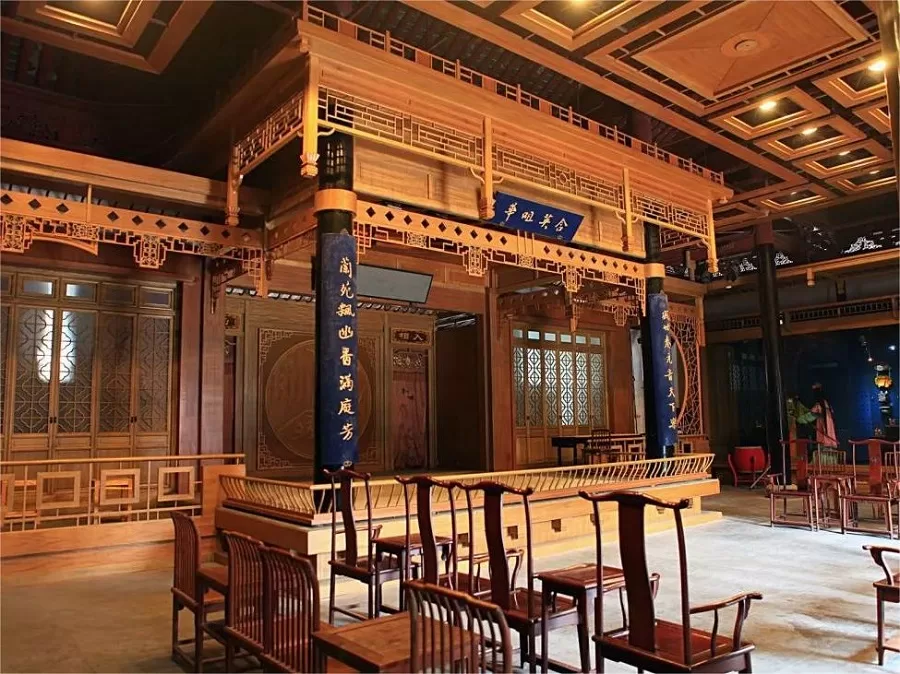
The Suzhou Kunqu Opera Museum offers a rich cultural immersion into the enchanting world of Kunqu opera. Visitors step into meticulously designed spaces that evoke the elegance of traditional Chinese theater. Intricately adorned costumes, symbolic props, and immersive settings transport guests to bygone eras, capturing the essence of the art form. Interactive exhibits and workshops provide hands-on experiences, enabling a deeper understanding of Kunqu’s techniques and significance. The museum’s ambiance and artifacts harmoniously blend to envelop visitors in a world where history, artistry, and culture seamlessly converge, fostering a profound connection to the captivating realm of Kunqu opera.
Souvenir Shop

The souvenir shop at the Suzhou Kunqu Opera Museum is a treasure trove for enthusiasts seeking mementos of Kunqu’s timeless allure. Offering an array of carefully curated items, from books and handicrafts to unique memorabilia, the shop extends the museum experience beyond its walls. Visitors can take home a piece of Kunqu’s grace and cultural heritage, immersing themselves in the artistry and stories that captivate the stage. Whether as a keepsake or a thoughtful gift, the shop invites guests to continue their exploration of China’s captivating performing arts



